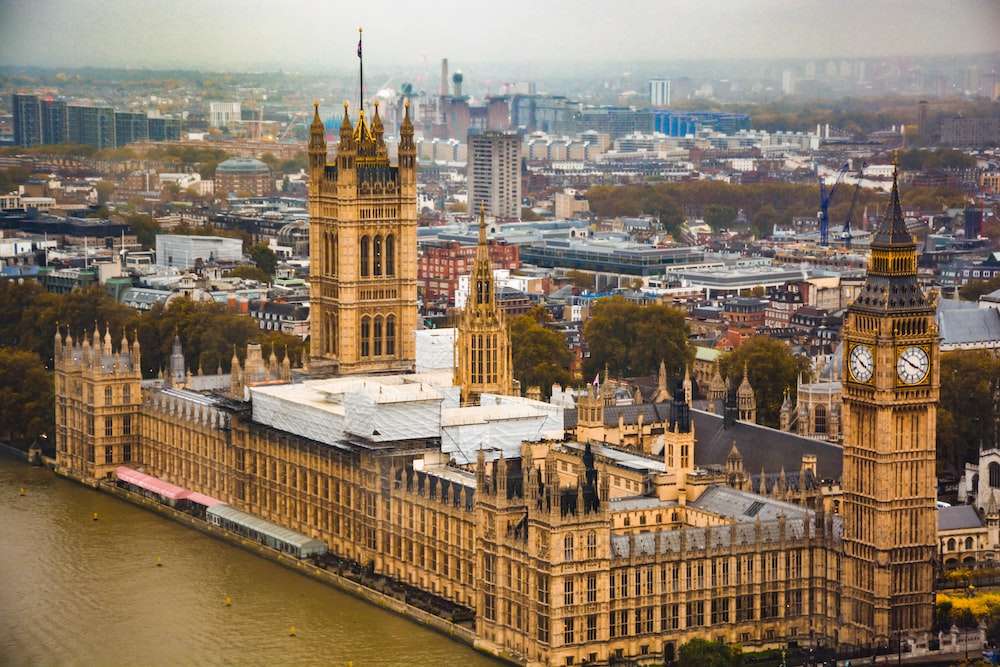Often, we judge and debate the decisions that impact our lives more than the decisions we make ourselves. Similarly, we often highlight the short-sightedness and agenda-led nature of third-party decisions, but we are guilty of the same with our own decisions.
Making any strategic decision is risky and knowing precisely how it will turn out is impossible. For this reason, the first step of any strategic thinking is to gather information to limit uncertainty and reduce risk. There are no guarantees of success, but it is possible to improve the odds by ensuring decisions are made with as few assumptions as possible. This should not be a surprise: Occam’s razor states that when presented with competing hypotheses to solve a problem, one should select the solution with the fewest assumptions.
When working through hypotheses and assumptions, we should always look at the potential implications which may occur. Immediate implications, positive or negative, are the ‘first order effects’ – our view of the impact our decision will make. But this is where the cracks begin to show. No matter how much we believe to the contrary, we all view the world through subjective lenses. We are psychologically primed to gravitate towards easy-to-understand answers with the speed at which they fit our personal narrative.
A good, albeit controversial, example is the decision by Mayors to reduce the number of vehicles in city centres. This decision is admirable at first glance – the aim is to reduce pollution, decrease noise and increase safety – these are all first order effects. The problem is the second order effects have not been thought through; they’ve been clouded by subjective judgement. The reality is:
- Footfall in city centres has reduced, causing problems for restaurants, retailers and bars.
- Traffic has moved onto side streets, causing increased pollution as cars are forced to crawl along.
- Residents living in areas that were low traffic now must cope with more pollution and noise.
A parallel example can be drawn in business aviation.
In the fight to address climate change many governments desire easy wins to show commitment and action towards reduction in carbon emissions. Buoyed up by environmentalist groups, many politicians have made proposals to reduce business aviation via increased luxury taxes and reduction in airport slots, or alternatively, to ban business aircraft altogether.
The first order effects are to reduce carbon emissions and decrease noise (albeit the cynical among us may also include winning votes and raising government revenue). But the proposals do not appear to consider the second order effects. Let’s consider the potential secondary effects a ban on all business aircraft would have:
- Business aircraft users will not stop flying because their aircraft are taken away. Users and their entourage will be forced to move to commercial aviation which will increase demand on premium seat capacity. This demand will be to the advantage of commercial airlines as premium seats equal high profit. Economy class seating will in turn be reduced and an increase of scheduled flights for premium only clients will increase. Ultimately there will not be a reduction in flying, merely a shift to commercial which business’s will embrace and create a new form of premium flying.
- EBAA estimates over 400,000 people are employed in business aviation in Europe alone and produce €60 billion in annual GDP. This would fall away increasing the rate of unemployment and a create a hole in the purse of many governments.
- Business aviation is a driver for innovation in the aerospace sector; removing it will impact the progression towards more efficient forms of aircraft, engines and cleaner fuels.
- Local airports will suffer as they will be solely reliant on government and commercial airline investment. This will lead to an increase in the closure of local airports which provide a lifeline for remote communities and, in turn, effect local businesses negatively and increase unemployment.
When looking at the global picture, business aviation contributes 0.4% of total global emissions; to put this in perspective aviation as a whole emits 2%, with agriculture at 14% and forestry at 17%. While it is arguable that every little helps in the fight against climate change, it is estimated the Single European Skies (SES) initiative would reduce all aviation emissions across Europe by 10% – yet this initiative has been stalled for over 20 years for political reasons. Would it not be better to enact an initiative which would reduce aircraft emissions by 10% rather than ban business aircraft and only reduce emissions by a fraction while incurring the second order effects above?
It is hard to start the process of imagining the second order effects of the decisions and actions we make. Part of the difficulty is our propensity towards confirmation bias, and our often unconscious way of viewing the world through subjective lenses. We are all unquestionably susceptible to narrative fallacies.
We are also in an age of ‘instant gratification’ whereby short-term decision-making clouds our ability to think of long-term consequences. The challenge going forward will be to force ourselves (and the governments that impact our livelihoods) to not just use first-order thinking, but to value data over anecdotes, use quantifiable experience over generic advice and critical thinking over alluring promises. In essence business aviation must challenge those that could end our industry to think about the secondary impact their decisions will have in the future.



